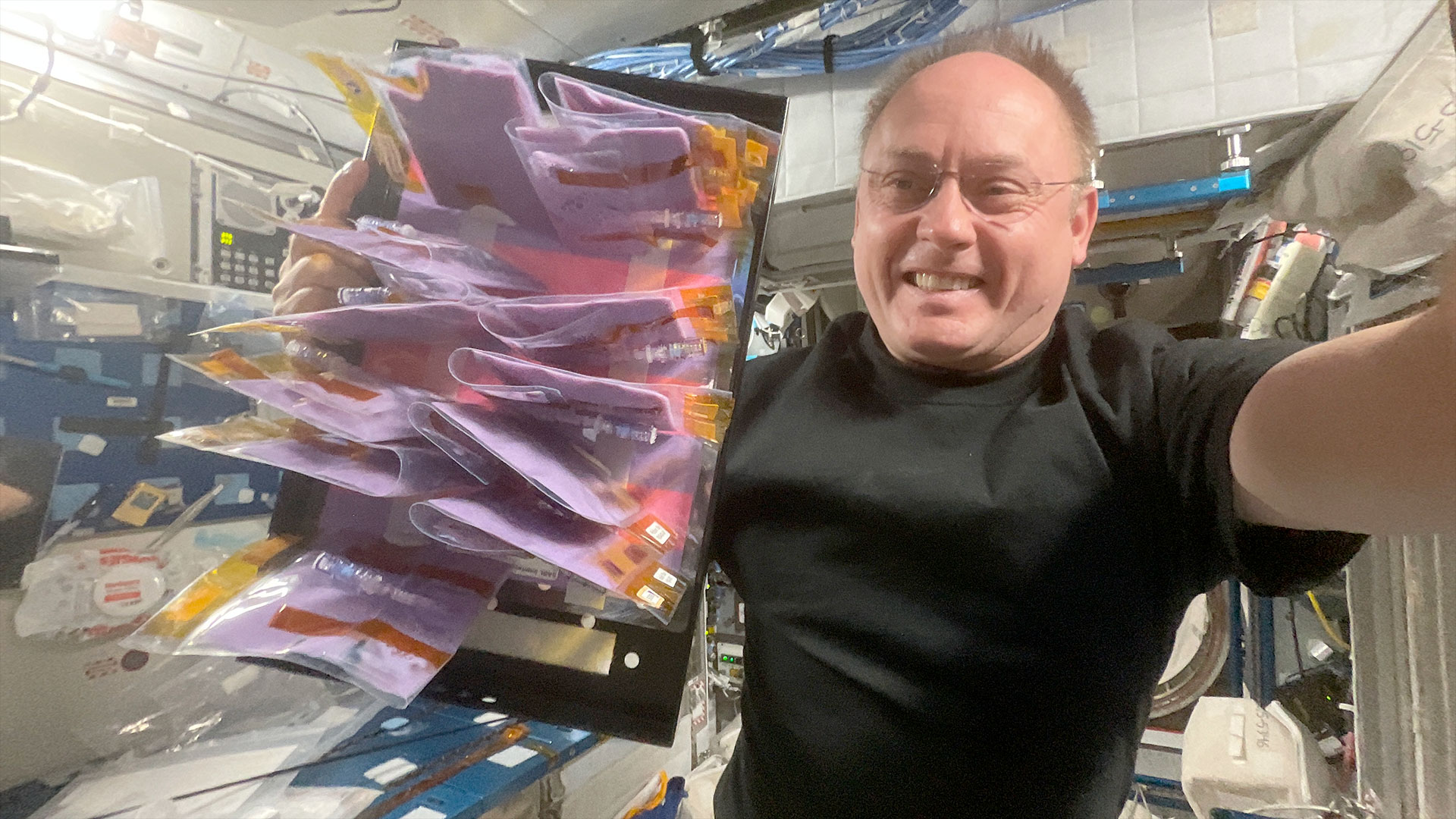Cosmic Microwave Background: Big Bang Relic Explained (Infographic)

The Cosmic Microwave Background, or CMB, is radiation that fills the universe and can be detected in every direction. Microwaves are invisible to the naked eye so they cannot be seen without instruments. Created shortly after the universe came into being in the Big Bang, the CMB represents the earliest radiation that can be detected. Astronomers have likened the CMB to seeing sunlight penetrating an overcast sky.
Looking out into deep space, and therefore back into deep time, astronomers see the CMB radiation saturating space beginning at about 378,000 years after the Big Bang. Before the creation of the CMB, the universe was a hot, dense and opaque plasma containing both matter and energy. Photons could not travel freely, so no light escaped from those earlier times.
Related Story: Universe Older Than Thought, Best Space-Time Map Yet Reveals
Cosmic Microwave Background Revealed by Planck Observatory (Gallery)
Gallery: Planck Spacecraft Sees Big Bang Relics
The CMB was created at a time in cosmic history called the Recombination Era. The universe had cooled to a temperature of about 5,000 degrees Fahrenheit (2,700 degrees Celsius), cool enough for electrons and protons to “recombine” into hydrogen atoms. Photons were released, and today this radiation is called the CMB. [Images: Peering Back to the Big Bang & Early Universe ]
In 1963, Arno Penzias and Robert Wilson were studying faint microwave signals from the Milky Way galaxy. They found a mysterious noise of unknown origin.
Breaking space news, the latest updates on rocket launches, skywatching events and more!
At first the noise was thought to be interference caused by pigeon droppings on the antenna equipment. Pigeons were trapped and dung was cleaned from the antenna. Ultimately Penzias and Wilson realized that the noise was an actual signal.
By the mid-20th century, there were two competing theories for the origin of the universe. The Steady State theory held that matter is continuously created as the universe expands, the overall density of the universe remains the same, and the universe has existed forever. The Big Bang theory stated that the expanding universe must have been denser in the past, and therefore at the very beginning must have been a point of infinite density.
Video Show: A Blueprint for the Universe
Penzias and Wilson theorized that if the Big Bang theory was correct, the universe would be filled with background radiation left over from the creation event. [The Universe: Big Bang to Now in 10 Easy Steps ]
In an all-sky image of the CMB radiation, the southern hemisphere appears redder, therefore slightly warmer, than the northern hemisphere A "cold spot" in the southern hemisphere appears larger than was expected. The standard model of the Big Bang theory predicts that the CMB radiation should look mostly the same in every direction.
The CMB also provides insight into the composition of the universe as a whole. Most of the universe is made up of dark energy, the mysterious force that drives the accelerating expansion of the universe. The next largest ingredient is dark matter, which only interacts with the rest of the universe through its gravity.
Normal matter, including all the visible stars, planets and galaxies, makes up less than 5 percent of the total mass of the universe.
- The History & Structure of the Universe: Infographic Gallery
- The Origin, History, Evolution & Future of the Universe
- To See Big Bang, Space Probe Must Chill Out | Planck Mission Video
Follow us @Spacedotcom, Facebook and Google+.
Join our Space Forums to keep talking space on the latest missions, night sky and more! And if you have a news tip, correction or comment, let us know at: community@space.com.

Karl's association with Space.com goes back to 2000, when he was hired to produce interactive Flash graphics. From 2010 to 2016, Karl worked as an infographics specialist across all editorial properties of Purch (formerly known as TechMediaNetwork). Before joining Space.com, Karl spent 11 years at the New York headquarters of The Associated Press, creating news graphics for use around the world in newspapers and on the web. He has a degree in graphic design from Louisiana State University and now works as a freelance graphic designer in New York City.
